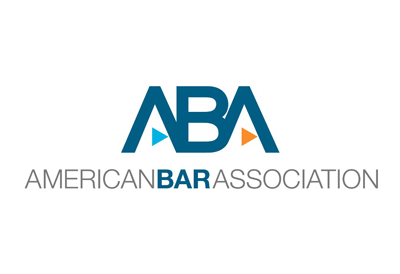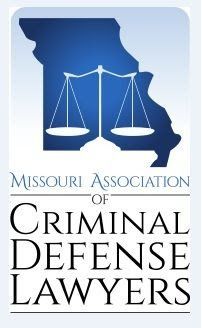Drugs
Jefferson County, MO Drug Charges Lawyer
Drug Offenses
Drug offenses can range from petty crimes like possession of paraphernalia and simple possession of marijuana to much more serious offenses like possession with intent to distribute, manufacturing, and trafficking. Police and prosecutors are aggressive in their investigation and prosecution of drug crimes, and you could easily end up being charged with a serious offense. Convictions for drug crime charges can carry substantial penalties, and are aggressively pursued with the goal of getting a conviction.
Being charged with a drug crime can have a very detrimental effect on your future. Individuals convicted of a drug crime in Missouri could face a lengthy jail or prison sentence and large fines. In fact, Missouri drug offenses carry punishments that range from a small fine all the way up to life in prison. Perhaps more importantly, a drug conviction results in a criminal record and depending on the seriousness of the offense, can affect your future ability to find employment, housing, to vote or own a firearm.
However, just because you are charged with a drug crime does not necessarily mean that you’re guilty or will be convicted of it. We understand the drug laws applicable to your case and will ensure your rights were respected by police during the investigation. Although there are many approaches for combatting drug charges, one of the most important questions to raise is whether the police officer may have violated your constitutional rights during the process of the investigation.
For instance, if the officer did not have probable cause, or a warrant, to search your person, your vehicle or your home, your case may be dismissed at the outset. Regardless, we will advise you throughout every step of the process so that you are able to make informed choices about your legal options.
Missouri Possession of Controlled Substance Attorney
We represent individuals charged with the following types of drug charges
- Delivery of a controlled substance
- Drug possession
- Drug distribution
- Drug distribution in a protected location
- Drug manufacturing
- Drug sales
- Drug trafficking
- Fraudulently Attempting to Obtain
- Possession of Anhydrous Ammonia
- Possession of Drug Paraphernalia
- Possession of Methamphetamine Precursors
- Possession of Prescription Medication at School
- Purchase of Methamphetamine Precursor Drug
We defend individuals charged with possessing, distributing, manufacturing or trafficking any of the following prescription drugs:
- Bath Salts
- Cocaine
- DMT
- Ecstasy
- GHB
- Heroin
- Ice
- K2
- LSD
- Marijuana
- Methamphetamine
- Molly
- Mushrooms
- PCP
We defend individuals charged with possessing, distributing, manufacturing or trafficking any of the following street drugs:
- Adderall
- Ambien
- Ativan
- Dilaudid
- Fentanyl
- Hydrocodone
- Morphine
- Oxycodone
- OxyContin
- Percocet
- Ritalin
- Valium
- Vicodin
- Xanax
There are many ways that we can approach your defense, and our strategy will be defined by the unique circumstances surrounding your case. We will scrutinize and exploit failure of police to follow procedure, illegal search and seizure, use of informants, inappropriately handled investigations, civil rights issues, and any other weaknesses in the prosecution’s case. We have the resources and knowledge to build an aggressive defense for you. As a former prosecutor, Steve Lednick has the tools needed to fight your charges and help protect you from jail time and fines. We are committed to delivering outstanding legal representation to our clients. When you are represented by us, you can feel assured knowing that an experienced advocate is fighting to keep you from a conviction and to secure the most favorable outcome.
Missouri Drug Offenses FAQ's
Can't Find the Answers?
Fill all information details to consult with our best Attorneys advices.
Areas Served
If you have been arrested for drug charges in Jefferson County, St. Francois County, St. Louis County, Ste. Genevieve County, Washington County or Franklin County Missouri, including the cities of Arnold, Barnhart, Bloomsdale, Byrnes Mill, Cedar Hill, Crystal City, Desloge, DeSoto, Dittmer, Eureka, Farmington, Festus, Fredericktown, French Village, Herculaneum, High Ridge, Hillsboro, Horine, House Springs, Imperial, Mapaville, Mine La Motte, Mineral Point, Morse Mill, Olympian Village, Park Hills, Perryville, Pevely, Potosi, Ste. Genevieve, or Valles Mines, exercise your right to remain silent and your right to speak to an attorney immediately and contact the Lednick Law Firm to get a former Jefferson County Assistant Prosecuting Attorney on your side. Contact us at 636-638-2150
for a free consultation.



